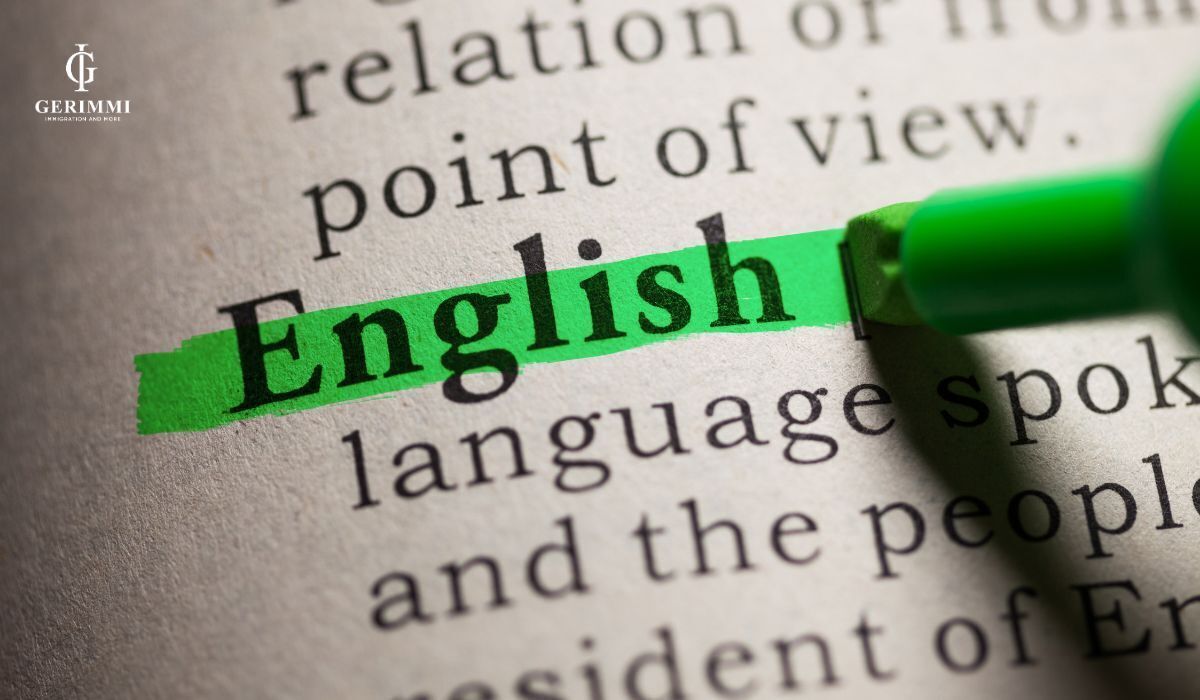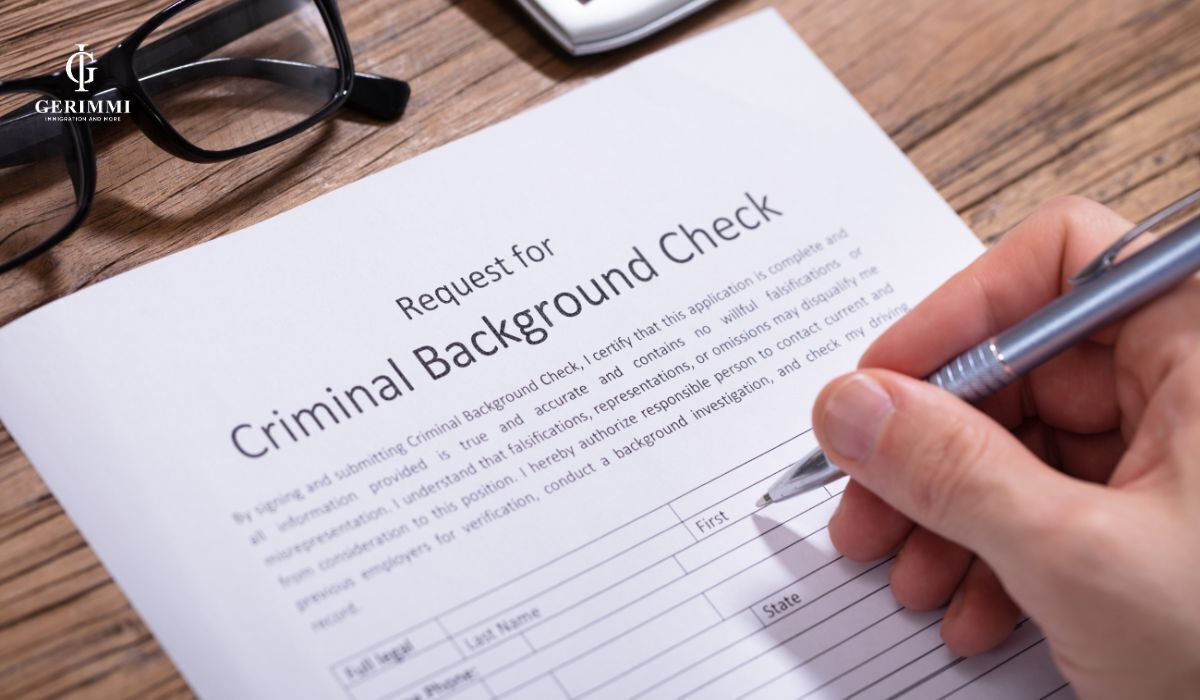Preparing your application for an Australian vocational student visa is an important step in determining whether you can fulfill your dream of studying in the land of kangaroos. However, many applications have been rejected due to seemingly simple errors that directly affect the transparency and credibility of the applicant.
I. Why is the refusal rate of Australian vocational study visas increasing?
In 2024 and early 2025, the refusal rate of Australian vocational student visa applications (subclass 500 for VET) has increased significantly compared to previous periods. The main reason is due to the tightening policy to control the number of visas granted by each country (National Planning Level), at the same time eliminating "fake" training schools (ghost colleges) and increasing the control of applications.
The new process requires greater transparency, especially with the GTE essay, financial proof, health care and clear academic history. These factors lead to more and more applications being assessed as ineligible, increasing the risk of being rejected at the first round.

II. 7 Reasons why Australian vocational study visas are rejected
1. Lack of transparency in GTE essay
A GTE essay that lacks personal details, is generic or copies a template is likely to be flagged by the automated system as not meeting the criteria.genuine studentIf you do not clearly demonstrate the reason for choosing your major, the sponsoring organization, your actual study plan and your commitment to return to Vietnam, your application may be rejected early.
A convincing GTE should clearly state your long-term career goals, connections to your academic background and explain specifically why you chose to study in Australia rather than Vietnam.
2. English proficiency does not meet the requirements
Most vocational courses in Australia require a minimum IELTS score of 5.5 (no band below 5.0) or a PTE Academic score of 42 or higher (no skill below 36). If your IELTS score is lower, or your PTE score is below the specific requirements of the institution, your application may be refused even if you have a Letter of Offer (CoE). Some industries such as aged care and hospitality also require IELTS 6.0 or higher to ensure you can communicate and study in depth.

3. Unclear or unsubstantiated financial records
The Australian vocational student visa requires you to demonstrate sufficient funds to cover tuition fees and living expenses for at least 6–12 months. If your application lacks a bank statement showing a stable balance for at least 3–6 months or fails to demonstrate a legal sponsor’s source of income such as an employment contract or business license, your application may be deemed unreliable.
4. Choosing an unreliable school or a “ghost school”
Registering for a program at a school with warnings or signs of ghost college where there is no real teaching, fake CoE or not qualified for training can easily cause your application to be flagged when issuing a visa. Australia has been purging and cancelling the CRICOS registration of many low-quality schools since 2024. Schools such as TAFE or RTO with a reputation and a clear training history will help your Australian vocational student visa application be more trustworthy.

5. Illusory learning path or re-learning the opposite major
If you apply for a course that is not related to your previous education or work experience, such as switching from accounting to hairdressing, your application may be labeled as “course hopping”. This can make the admissions committee doubt your true study goals and make you seem unfocused, leading to rejection.
6. Not having a medical examination according to the correct procedure
A medical examination is a mandatory step for the 500 visa. If you do not complete the examination at a designated medical facility or submit the results late, your application may be rejected due to lack of medical documents. Tests such as chest X-ray, HIV, general blood test need to be done at the right place and within the valid period to ensure you are healthy enough to study and live in Australia.

7. Missing documents or incorrect form, submitted after CoE deadline
Missing documents such as OSHC, police clearance, qualifications, CVs or filling in incorrect official forms, or submitting after the CoE has expired are common reasons for visa refusal. Some cases of using old forms or not updating the latest instructions from ImmiAccount are also marked as having errors and forced to cancel.
III. How to make a profileAustralian vocational study visa has high acceptance rate
Step 1: Choose the right vocational course and accredited school
The first step in applying for an Australian Vocational Student Visa is to choose a suitable course within the VET system, such as Certificate III, Certificate IV, Diploma or Advanced Diploma. International students need to carefully research and register at institutions with CRICOS codes recognized by the Australian government.
Choosing the right course related to the industry you intend to work in in the future helps increase the credibility of your visa application and clearly shows the reasonableness of your study path.
Step 2: Submit your application to receive a CoE invitation letter
After determining the course, international students need to submit their application directly to the vocational school or through an admissions representative. The application includes degrees, transcripts, English certificates and personal information. When accepted, the school will send an invitation letter (Letter of Offer). After completing the admission confirmation procedure and paying the tuition fee, students will be issued a Confirmation of Enrolment (CoE), which is one of the required documents when applying for an Australian 500 visa.
Step 3: Meet English language requirements according to visa standards
The Australian Vocational Student Visa requires a minimum English language level of IELTS 5.5 (with no band below 5.0) or equivalent PTE Academic score of 42. Some courses may accept students who do not meet the English language entry requirements if they enrol in an ELICOS course prior to starting their main course. However, having a valid English language certificate will speed up the visa application process and help achieve a positive outcome.

Step 4: Prepare financial documents
Proof of financial means is an important step to demonstrate that you have the ability to pay for tuition fees and living expenses while studying in Australia. Documents to prepare include: bank statements, savings books, property ownership papers, and the income of the sponsor (parents or relatives). The minimum amount of money to prove ranges from 550-600 million VND, depending on the course and length of stay.
Step 5: Purchase Overseas Student Health Cover (OSHC)
Overseas Student Health Cover (OSHC) is a mandatory requirement for a subclass 500 visa. You will need to register and pay for this cover for the entire period stated on your CoE. Some institutions may help you purchase OSHC upon confirmation of enrolment, or you may choose your own provider from a list approved by the Australian Government.
Step 6: Write a GTE (Genuine Temporary Entrant) essay that clearly shows your study purpose
GTE is a report on the reasons why you choose to study in Australia, your study goals, your career plans after returning home and your connection to Vietnam. This article must clearly show that you have a genuine study purpose and do not take advantage of your visa to settle illegally. Being truthful, logical and having a clear direction will help increase the credibility of your profile.
-the-hien-muc-dich-hoc-tap-ro-rang.jpg)
Step 7: Create an ImmiAccount and submit your visa application
Once you have completed the preparation steps, you need to create an account on the ImmiAccount system of the Australian Department of Immigration to submit your application online. During the process of filling out the 500 visa form, you will need to upload all documents such as: passport, CoE, GTE, English certificate, academic records, finances and OSHC insurance. After submitting your application, you will pay a visa fee of about 1,600–2,000 AUD (depending on the time and latest regulations).
Step 8: Medical examination at designated facility
The Australian Vocational Student Visa requires applicants to undergo a medical examination at a clinic authorised by the Australian Consulate. Students will be given a HAP ID to book an appointment and complete steps such as chest X-rays, blood tests, and general physical examinations. The results of the medical examination will be sent directly to the visa processing system.
Step 9: Prepare criminal records
Students aged 16 and over must submit a Criminal Record Form No. 2 issued by the Department of Justice of a province or city in Vietnam. This form must be notarized and translated into English before being submitted with the visa application. In some cases, you may also need to declare if you have ever stayed in a third country.

Step 10: Monitor your application and provide additional information if requested.
After submitting your visa application, you should regularly check your email and ImmiAccount to track the processing progress. If additional documents are required, they must be submitted correctly and completely within the specified time. The processing time is usually 4-8 weeks, depending on the complexity and profile of each case.
Step 11: Receive visa results and prepare to go to Australia
If your visa is granted, you will receive a confirmation letter with an electronic visa code (Visa Grant Notice). From this point on, you need to carefully check your visa conditions, prepare to fly to Australia at the time stated on the CoE and proactively arrange accommodation, transportation and initial admission procedures.
IV. Gerimmi - A reputable center cooperating with businesses in Australia
GerimmiProud to be one of the leading prestigious Australian vocational study abroad consulting units in Vietnam, standing out with a strong network of connections with hundreds of vocational schools and businesses licensed to operate in Australia.
With the mission of supporting students to access quality vocational training programs and have a clear career orientation after graduation, Gerimmi has built a comprehensive support system from choosing a major, applying for CoE, writing GTE to accompanying them after obtaining a visa.

- Close cooperation with Australian businesses in training and internships
Gerimmihas formal partnerships with many organizations in priority industries such as restaurant - hotel, automotive technology, construction and nursing. Thanks to that, students have the opportunity to do paid internships and develop practical skills right during the course of study.
- Clear and legal study - career - settlement path consulting
Each student coming to Gerimmi is designed with a personalized roadmap that suits their abilities, finances and long-term goals, especially for occupations on the skilled migration list in Australia.
- High visa approval rate thanks to in-depth application processing experience
Gerimmi's team of experts has up-to-date knowledge of visa 500 and visa 407 regulations, supports the preparation of financial proof, English and GTE documents according to the requirements of the Australian Department of Immigration, helping to increase the visa approval rate on the first try.
- Post-visa support and connecting Vietnamese student community in Australia
Not only helping students get visas, Gerimmi also accompanies students throughout their studies in Australia through career guidance activities, accommodation support, finding part-time jobs and supporting transition to higher education if necessary.
Thanks to the above outstanding advantages, Gerimmi is increasingly affirming its position as a reliable Australian vocational study abroad business liaison unit for Vietnamese students in 2025 and the coming years.
Conclusion
An Australian vocational study visa is not only a ticket to quality vocational education but also opens up many job opportunities and permanent settlement. To avoid the risk of rejection, you need to clearly understand the Consulate's assessment criteria and prepare your application strategically, transparently and convincingly.

